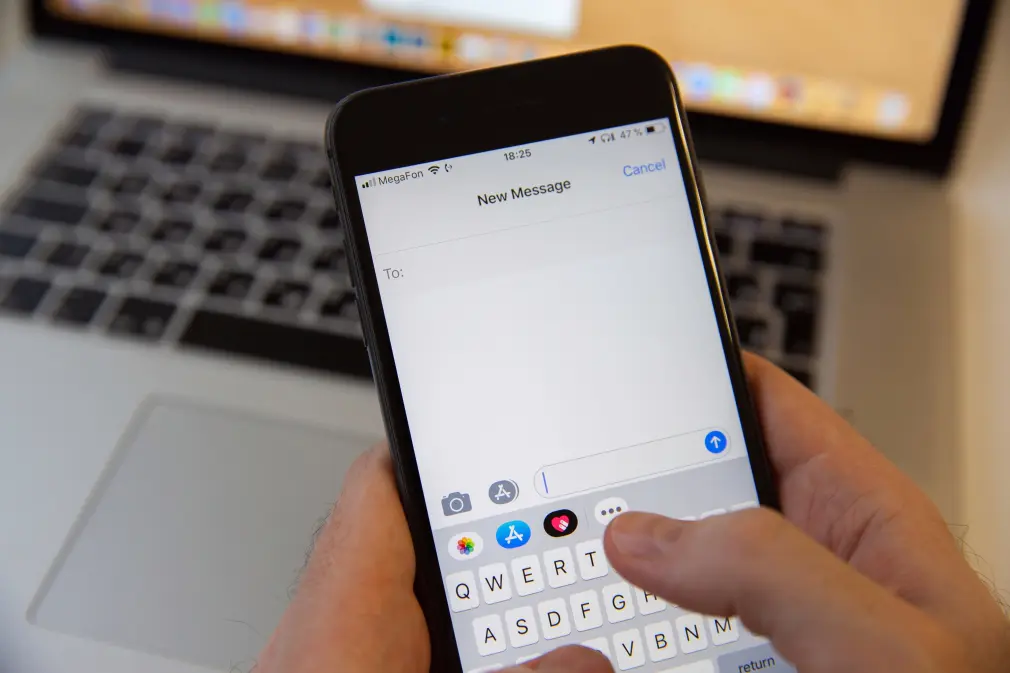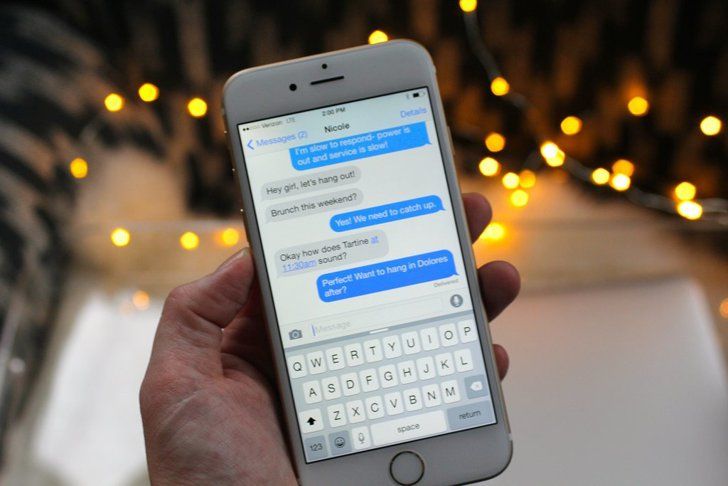Navigating the world of iPhone text messaging can often feel like a puzzle, especially when iMessages unexpectedly convert into standard text messages. This phenomenon frequently baffles numerous users.
Through this article, we aim to demystify the primary triggers behind the occurrence of “sent as text message iPhone,” assisting you in comprehending and navigating the complexities of iPhone text messaging. With this understanding, you can facilitate seamless and efficient digital dialogues, enriching your overall communication journey.
1: Lack of Internet Connection on the Recipient’s Device

The first factor that can transform your iMessages into traditional SMS is the internet connectivity of the recipient’s device. Remember, iMessages need an active internet connection to reach their recipient. If the recipient’s device lacks internet access, your iMessage will default to a conventional text message.
When it comes to iPhone text messaging, it’s crucial to understand that iMessages and regular SMS messages operate differently. While the latter depends on cellular service, iMessages rely on data, necessitating internet access for both sender and receiver. Thus, if your recipient’s phone isn’t hooked up to Wi-Fi or doesn’t have mobile data turned on, your iMessage will be delivered as a standard SMS.
2: Unstable Network Connection
The second common reason that influences iPhone text messaging is the stability of your network connection. A robust network connection is vital for iMessages to send and receive smoothly. If either party suffers from a weak or unstable network connection, the iMessage might default to a text message.
This scenario doesn’t indicate a problem with your device. It’s merely a failsafe to ensure your message reaches its destination, even under suboptimal conditions. Regardless of the weather or network strength, your iPhone ensures you stay in touch.
3: Misconfigured iMessage Settings

Source: pinterest.com
The third potential cause for iMessages transforming into text messages could be an incorrect iMessage configuration. This could involve issues with the Apple ID, activation of iMessage, or the Send & Receive settings.
Comprehending the nuances of iPhone text messaging can be a bit daunting, but accurate setup is key. If your settings are misconfigured, your iMessages could end up being sent as text messages. It’s beneficial to invest a few moments to check your settings and confirm everything is correctly aligned.
4: Possible iMessage Service Disruption
The last reason we’ll touch upon is less frequent but nonetheless important to note. At times, the iMessage service itself may face disruptions or outages. During such instances, iMessages can default to text messages.
These system-wide hiccups are rare, but they do occur. When they do, iPhone text messaging reverts to the reliable SMS format. This guarantees that your messages reach their destination, even if the iMessage service is temporarily down.
iPhone Text Messaging Explained: Concluding Insights for Effective Messaging
To sum up, although iPhone text messaging can appear complex at first glance, comprehending why iMessages sometimes convert into text messages can help simplify the process. Whether it’s due to internet connectivity, network strength, setting issues, or service disruptions, your iPhone ensures your messages reach their destination.
Armed with this understanding, you can confidently navigate the realm of iPhone text messaging, guaranteeing effective communication regardless of the circumstances. We trust this information has been beneficial, and we appreciate your time reading it.



